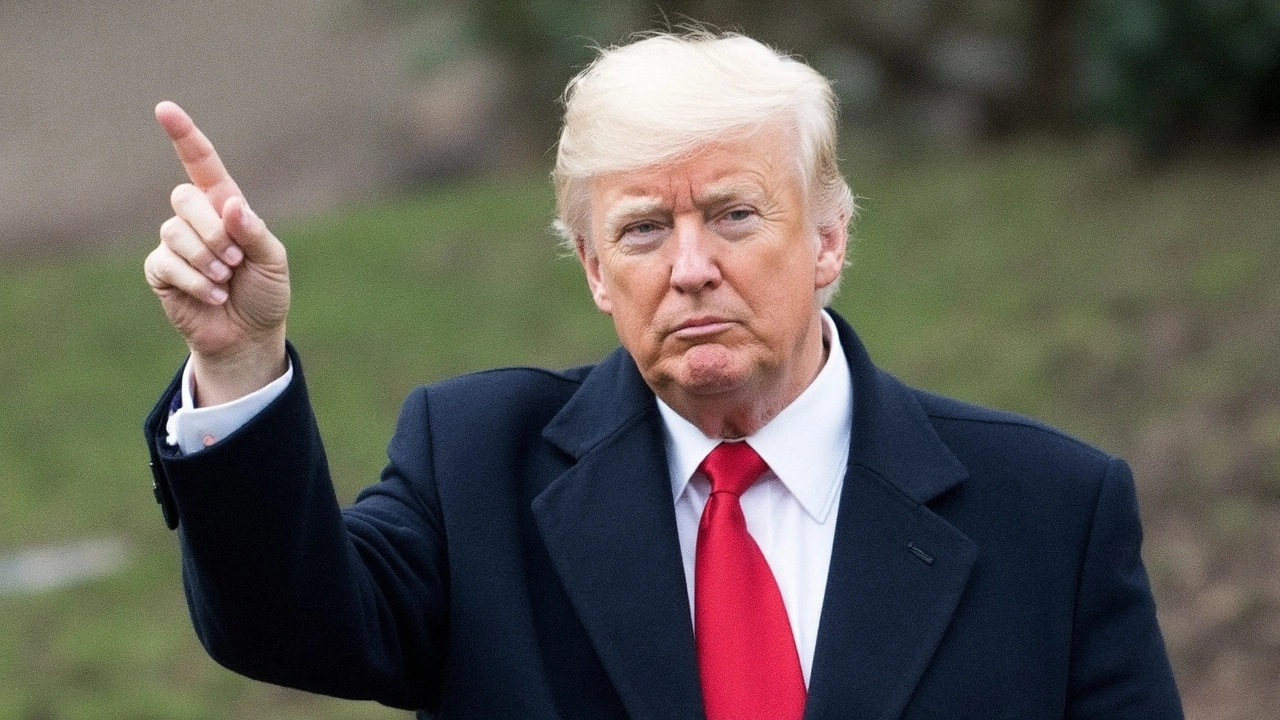Pakistan Visa Restrictions: Your Quick Guide to Getting In
Thinking about visiting Pakistan? The first thing you’ll hit is the visa question. Over the past few years the rules have switched a lot – from tighter security checks to a new e‑visa system that’s meant to speed things up. This guide cuts through the noise and tells you exactly what you need to do, so you can focus on the road trips, food, and culture instead of paperwork.
Which Visa Do You Need?
Pakistan offers several visa types: tourist, business, student, and transit. If you’re just sightseeing, the tourist visa is your go‑to. It usually lets you stay for up to 30 days, and you can apply for an extension once you’re there. Business travelers will need a business visa – you’ll have to show an invitation from a Pakistani company or a conference registration. Students must have a letter of acceptance from a recognized institution and proof of funds. And if you’re just passing through, a transit visa works for a stay of up to 5 days.
How to Apply: E‑Visa vs. Embassy
The easiest route is the e‑visa. Go to the official Pakistan e‑visa portal, fill out the online form, upload a passport scan, a photo, and a copy of your flight itinerary. Fees range from $30 to $100 depending on the visa length and category. Most e‑visas are processed within 3‑5 working days, and you’ll get a PDF that you print and show at immigration.
If you prefer a traditional route, you can submit your application at the nearest Pakistani embassy or consulate. Bring your passport (valid at least six months beyond your stay), completed visa form, two passport‑size photos, and any supporting documents like hotel bookings or invitation letters. Embassy processing can take up to two weeks, so plan ahead.
Remember, COVID‑19 rules have relaxed, but you still need proof of vaccination or a negative test if arriving from a high‑risk country. Keep an eye on the latest health advisory before you book your flight.
Some nationalities face extra scrutiny. Citizens from India, Afghanistan, and a few other countries may be asked for additional security clearances. It doesn’t mean you can’t get a visa, just that the paperwork might take longer.
Once you land, immigration officers will check your visa, passport, and purpose of visit. Have a printed copy of your hotel reservation, travel itinerary, and any invitation letters handy. They may also ask about your plans, so be ready to give a short, honest answer.
Extensions are possible if you want to stay longer. You’ll need to visit the local passport office in the city you’re staying, fill out an extension form, and pay a fee. It’s quicker for e‑visa holders because the system already has your data.
Finally, keep your visa copy safe. If you lose your passport, the embassy can replace it, but they’ll need proof of your legal stay. A quick photo of the visa page on your phone can save a lot of hassle.
Bottom line: Pakistan’s visa restrictions are clear but can feel confusing if you don’t know the steps. Use the e‑visa for most trips, double‑check any extra health or security requirements, and you’ll be set to explore the country’s mountains, deserts, and bustling cities without a hitch.
Trump Administration's New Travel Ban May Affect Pakistan and 40 Other Nations
Reports suggest the Trump administration is drafting a new travel ban affecting 41 countries, including Pakistan. Nations are divided into red, orange, and yellow categories, each facing different restrictions. The plan follows an executive order emphasizing heightened security vetting and could provoke international criticism.
View More





